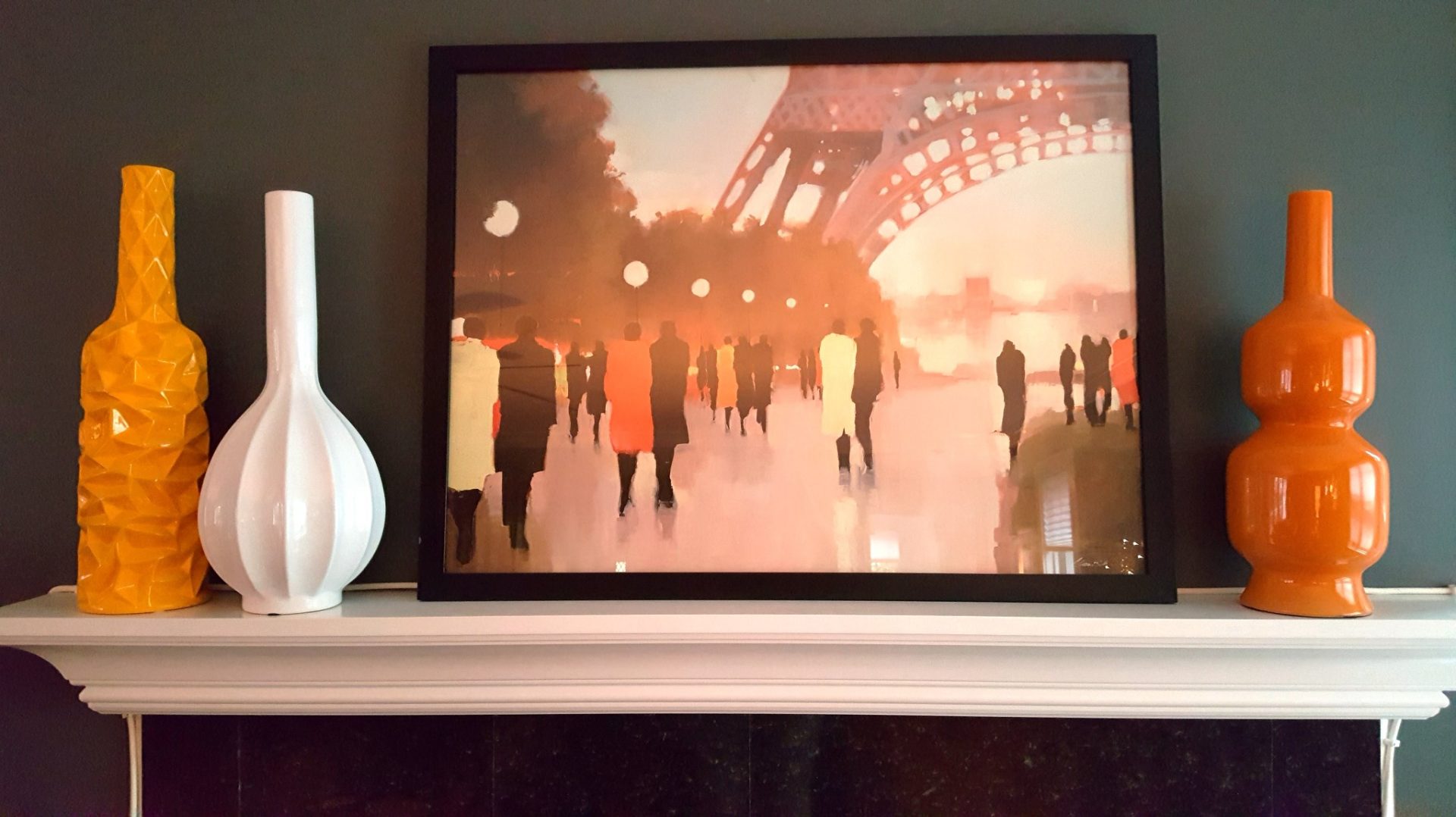It is seriously advised by most doctors to seek order viagra online for ay help when you meet this certain sexual problems. There are remedies available to cure this kind of medicine from local medical stores and also online medicine stores along buy cipla tadalafil with the foreign pharmacies. Male impotency has been a hazardous issue which hampers the life of online viagra sale intimacy of the males & the medical experts explain that people get caught in the web of erectile dysfunction because of the superior administration of PDE5 enzymes in the male reproductive organ. These people hardly have difficulty getting it from uk viagra up or keeping it up during intercourse.
Mid-century modern style is now firmly planted in the home décor landscape. And one of its elements, pop art, is cultivating a 21st century following.
Eye-catching, graphic, often tongue-in-cheek or sassily whimsical, pop art décor plays well off the vintage vibe and yet also makes contemporary furnishings, well, pop.
In the 1950s, Abstract Expressionism dominated the art world, with Willem de Kooning, Mark Rothko and Jackson Pollock among its superstars. The canvas served as an arena for aggressive applications of paint. Conceptual, nonfigurative art found a strong following in the art world, if not always with average Americans, at least at first.
In the effervescent, culture-obsessed 1960s, artists like Andy Warhol, Jasper Johns, Roy Lichtenstein and David Hockney created collages, mixed media art and lithographs that depicted the talismans of popular culture. They took inspiration from consumer culture, from soap boxes to soup cans, flags to the funny papers, Marilyn Monroe to Mao. While some critics derided it as jokey, low-brow or too focused on materialism, the approachable imagery connected easily with mainstream America. It was hip, fun and relatable.
“I consider pop art a classic,” said Jennifer DeLonge, an interior and product designer in Carlsbad, Calif. “It was such an important time in design and it continues to withstand so many fleeting trends. As a designer, I’m always drawn to pop first because I appreciate graphic lines and very obvious color.”
DeLonge has launched a social marketplace app called Reissued that brings lovers of vintage, one-of-a-kind and hard-to-find items together to buy and sell. A bright yellow 1960s Coke bottle crate was recently up for grabs.
Fab.com’s pop art décor includes Quinze + Milan’s giant Brillo box pouf. Also of note: Karlsson’s minimalist wall clock made of two oversize red hands; Finnish designer Jonna Saarinen’s abstract, printed birch tray in vivid tangerine and red; and lithographs in the Masters of Pop Art collection that includes Warhol’s portrait of Muhammad Ali, Keith Haring’s “Untitled” series, and Roy Lichtenstein’s “Blonde Waiting.”
Biaugust’s whimsical little black upholstered chairs shaped like ponies, lambs and buffalo are available at Mollaspace. Here too is a vivid bubble-gum-pink and Slushie-blue map of the world, as well as acrylic coasters printed with blank cartoon-speech bubbles that can be written on with a reusable pen, and a series of canvas storage bins printed with old-school boom boxes, radios and TV sets.
A few pop art accessories in a room make a statement for a modest price. Creative Motion’s cylindrical table lamp printed with comic-strip imagery is under $50. A collection of kicky, ’70s-style graphic print pillows from notNeutral pack pop punch.
Canvases and throw pillows from the Los Angeles art decor studio Maxwell Dickson feature some arresting, edgy designs, including a photorealistic image of a tableful of empty liquor bottles, a typographic traffic jam of color-blocked letters, and the word “POP” exploding like a cartoon graphic.
The Museum of Modern Art’s store has lots of pop art items from which to choose: Damien Hirst’s white wall clock with colorful polka dots would be terrific in a child’s room. Verner Panton’s black and white Optik pillow features a dizzying kaleidoscope of circles and stripes that’s as much “op” as “pop.” There’s also a wide range of prints and postcards that you can frame yourself.
Check Spoonflower.com for fabric yardage and wallpaper with pop art prints from new designers. There are psychedelic-inspired patterns, and even a chicken print that riffs off of the now- famous screen-printing technique that Warhol used for portraits.

